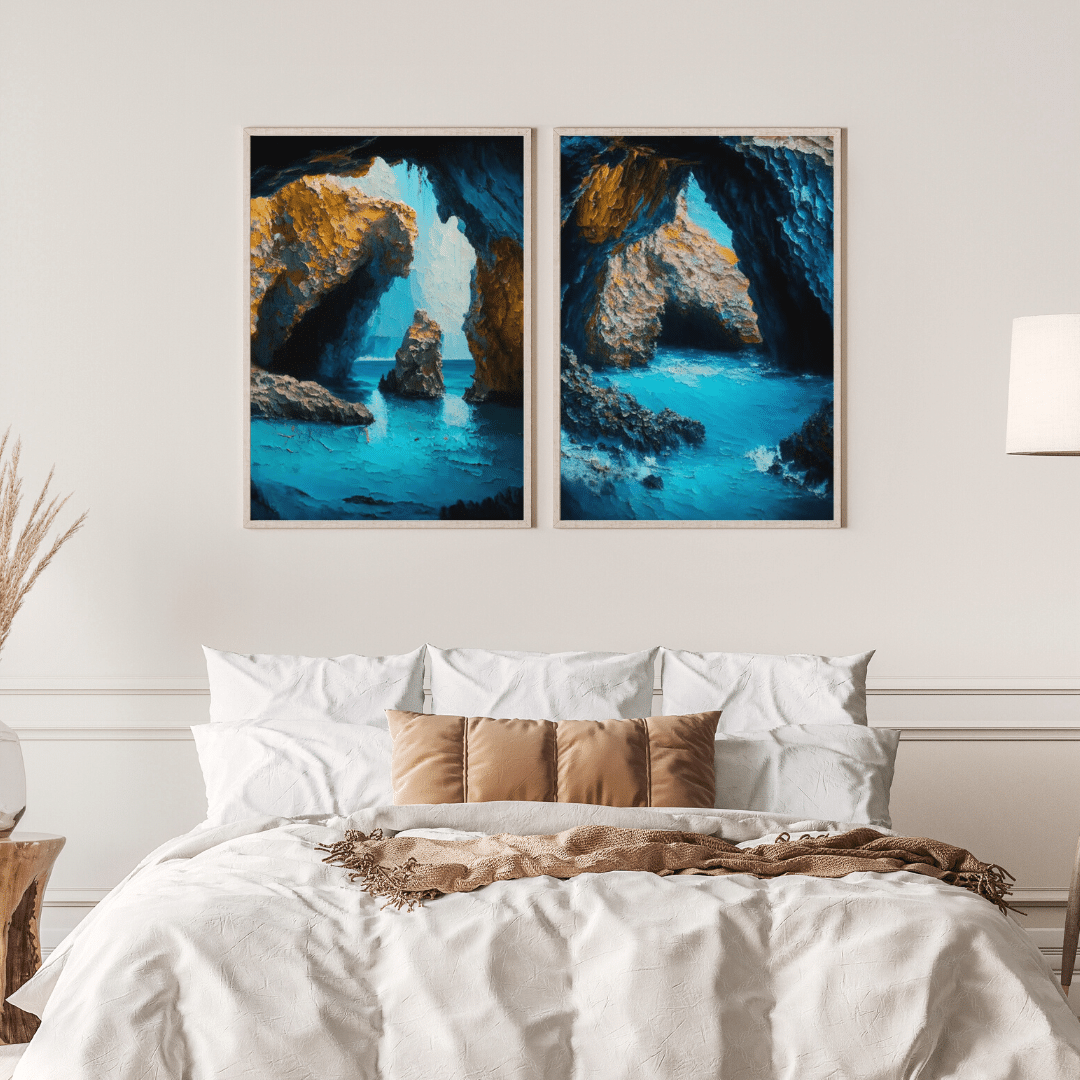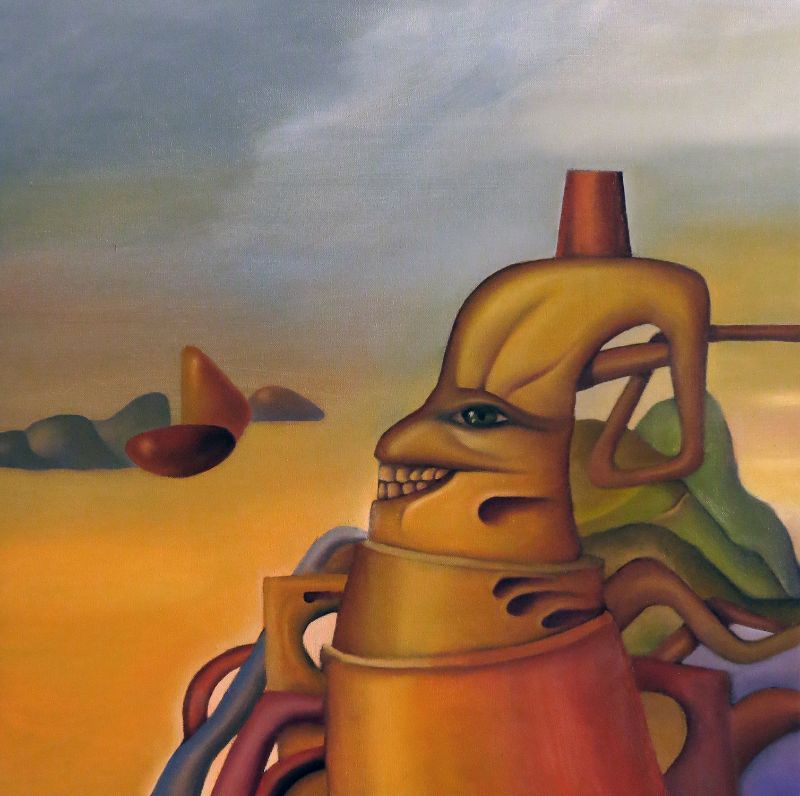Art collectors like a number of aspects of their passion, and we’ll discuss them in this article. You may also be interested in the types of art collectors, a topic we’ve already covered in another article.
Art collectors have a natural taste for aesthetics and their ability to evaluate aesthetics is what drives what pieces make their way into their collections. While most types of art collectors are not driven by profit as the #1 goal other than the Enterprising Collector, they certainly like to see their holdings appreciate a value. Appreciation is a sign that other collectors think they are right about their choices, art collectors like this validation.
Art collectors also like to get to know others in the art community. Artists, art collectors, gallerists, and others in the community typically have unique perspectives and interesting personalities.
Aesthetics
An art collector develops their own taste that drives what they purchase. A set of principles that they use to evaluate each piece of art. For most collectors, they may have multiple sets of principles depending on what category of art a particular piece belongs. If it’s a cubist piece, art collectors want to be sure it’s a good representation of cubism, for example.
Art collectors typically have multiple defined aesthetics from which they will make purchases. Each piece needs to closely adhere to worthy of collection, and for investors, likely to appreciate over time.
You Might Also Like:

Exploring the Problems with NFTs: Embracing a Sustainable Alternative

The Future of Art: Exploring the Potential of AI to Transform the Artistic Landscape

How to Display Art: Transforming Your Living Space into a Gallery

How to Manage Art Estate Planning
Ini Brown’s piece, “Migrants. Unsafe Transportation. Humanity” might fit with one collector’s “African watercolor aesthetic” while fiting in another’s “Contemporary migrant stories” aesethetic.
Art collectors generally develop their sense or taste by studying the art world. They see lots of pieces, track sales in the art world, and interact with gallerists, art buyers, and others.
Art as an Investment
Serious art collectors are comfortable with the investment side of art collecting. Most have a passion for art itself and love that their passion can pay for itself when they’re able to sell a piece that has substantially appreciated in value.
On the more speculative side of art investment, collectors seek “diamonds in the rough,” artists with great talent (and hopefully a great untold story) that will eventually become global brands. Buying these artists is generally much more affordable than established artists, but the risk is that they don’t permanently transcend obscurity to have more art collectors seeking their work.

On the less speculative side, decades of data on the sale prices of so-called blue chip artists are available and tracked just like trends with stocks, bonds, real estate, and other investments. Putting money at work is more likely to generate appreciation but that is appreciation will not be as large as if you start buying a superstar artist before anyone knows about them.
Note: at present, most believe purchasing crypto NFTs is not an investment at all due to the flawed representation of how they work and other problems with NFTs.
Art-World Validation
Being the collector that first put a certain artist on the map is the kind of even that makes it’s way into the history books. Being known as a great discoverer or surfacer of hidden talent is one way to get validation in the art world.

Another way to get validation is for having a great collection that is specific to a particular artist or genre. If the media can say the creator has “the best ____ collection” on the planet, that’s a strong stamp of approval. Ezra and David Nahmad are featured in our list of The Most Valuable Art Collections in the World and are known for having the best private collection of Picasso’s.
Mentions in the press are nice but public validation actually makes it easier to be an art collector. Once known as a tastemaker, gallerists and artists will actually try to get that collector to purchase them, even discounting works. The thinking being that when known art collectors place their stamp of approval on an artist, the value of all of that artist’s work goes up! You can explore this phenomena in more detail in Don Thompson’s The $12 Million Stuff Shark.
Artist’s Personalities and Their Stories
So what happens when artists and gallerists are seeking out an art collector? The collector gets invited to cultural events where they can get to know artists even better. Art collectors love to get know artists and their stories, not that they can necessarily decipher their motivation.
ETChster Founder Eddie Davis believes the connection between an artist, their story, and how each piece fits is what ultimately determines an artist’s commercial success. Artists that don’t tell their story and make it available to the public lose out on the enormous benifit of having their stories repeated by others. Those stories get captured in ETChster profiles in the community.
Art collectors like to be ambassadors for artists in their collection, but if they can’t get to know them, there’s no story to tell. d


